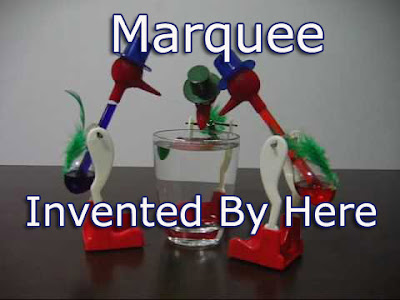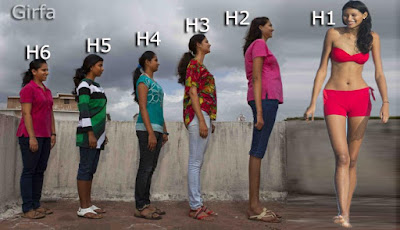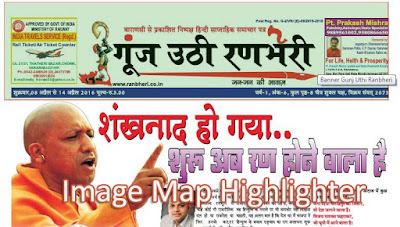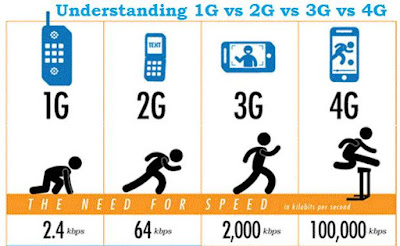21. Which of the following are the fundamental duties?
(a) To respect the National Flag
(b) To Protect and improve the natural environment
(c) For a parent to provide opportunities for education to his/her child.
(d) To protect monuments and places of national importance
Select the correct answer from the codes given
Codes :
(1) (a),(b) and (c)
(2) (a),(b) and (d)
(3) (a),(c) and (d)
(4) (a),(b),(c) and (d)
Answer : 1
22. Which of the following statements are correct in respect of Niti Aayog?
(a) It is a constitutional body
(b) It is a statutory body.
(c) It is neither a constitutional body for not a statutory body
(d) It is a think-tank
Select the correct answer from the codes given below:
(1) (a) and (d)
(2) (b) and (d)
(3) (c) and (d)
(4) (b),(c) and (d)
Answer : 3
23. Which of the following core values among the institutions of higher education are promoted by the NAAC (National Assessment and Accreditation Council)?
(a) Contributing to national development.
(b) Fostering global competencies among the students.
(c) Inculcating a value system among students and teachers
(d) Promoting the optimum utilization of the infrastructure.
Select the correct answer from the codes given below:
Codes :
(1) (a), (c) and (d)
(2) (a),(b) and (c)
(3) (a) ,(c) and (d)
(4). (a),(b),(c) and (d)
Answer : 2
24. The best way for providing value education is through
(1) discussion on scriptural text
(2) lectures/discourses on values
(3) seminars/symposia on valus
(4) mentoring/reflective sessions on values
Answer : 4
25. A college level assistant professor has planned his/her lectures with an intent to develop cognitive dimensions of students centered on skills of analysis and synthesis. Below, given are two sets of items Set - I consisting of levels of cognitive interchange and Set - II comprising basic requirements for promoting them. Match the two sets and indicate your answer by choosing the correct alternative from the code:
Set - I Set - II
(Levels of Cognitive (Basic requirements for promoting
Interchange) cognitive interchange)
a. Memory level i. Giving opportunity for discriminating examples
and non-examples of a point.
b. Understanding level ii. Recording the important points made
during the presentations.
c. Reflective level iii. Asking the students to discuss various
items of information.
iv. Critically analyzing the points to be
made and discussed.
Codes:
a b c
(1) ii iv i
(2) iii iv ii
(3) ii i iv
26. Which set of learner characteristics may be considered helpful in designing effective teaching-learning systems? Select the correct alternative from the codes given below:
(i) Prior experience of learners in respect of the subject.(ii) Interpersonal relationships of learner’s family friends.(iii) Ability of the learners in respect of the subject. (iv) Student’s language background.(v) Interest of students in following the prescribed dress code.(vi) Motivational-orientation of the students.Codes:
(1) (i), (ii), (iii) and (iv) (2) (i), (iii), (iv) and (vi)
(3) (ii), (iii), (iv) and (v) (4) (iii), (iv), (v) and (vi)
Answer : 2
27. Assertion (A): The purpose of higher education is to promote critical and creative thinking abilities among students.
Reason (R): These abilities ensure job placements.
Choose the correct answer from the following code:
(1) Both (A) and (R) are true and (R) is the correct explanation of (A).
(2) Both (A) and (R) are true but (R) is not the correct explanation of (A).
(3) (A) is true and (R) is false.
(4) (A) is false and (R) is true.
Answer : 2
28. Match the items of the first set with that of the second set in respect of evaluation system. Choose the correct code:
Set - I Set - II
a. Formative evaluation i. Evaluating cognitive and co-cognitive aspects
with regularity
b. Summative evaluation ii. Tests and their interpretations based on a
group and certain yardsticks
c. Continuous and comprehensive iii. Grading the final learning outcomes
evaluation
d. Norm and criterion referenced iv. Quizzes and discussions
tests
Codes:
a b c d
(1) iv iii i ii
(2) i ii iii iv
(3) iii iv ii i
(4) i iii iv ii
Answer : 1
29. Select the alternative which consists of positive factors contributing to effectiveness of teaching:
List of factors:
(a) Teacher’s knowledge of the subject.
(b) Teacher’s socio-economic background.
(c) Communication skill of the teacher.
(d) Teacher’s ability to please the students.
(e) Teacher’s personal contact with students.
(f) Teacher’s competence in managing and monitoring the classroom transactions.
Codes:
(1) (b), (c) and (d) (3) (c), (d) and (f)
(2) (b), (d) and (e) (4) (a), (c) and (f)
Answer : 4
30 .The use of teaching aids is justified on the grounds of
(1) Attracting student’s attention in the class room.
(2) Minimizing indiscipline problems in the classroom.
(3) Optimizing learning outcomes of students.
(4) Effective engagement of students in learning tasks.
Answer : 3








